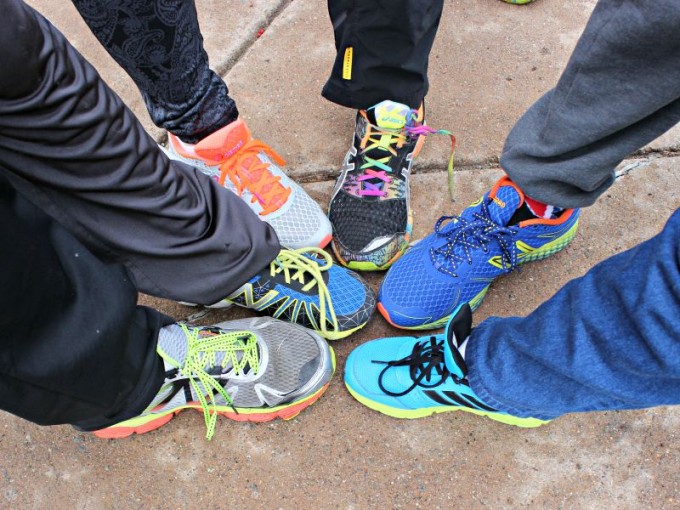Physical Fitness: Part of the Recipe for Success in the Classroom
Carrie Barlow is a licensed Physical Therapist, Board Certified Pediatric Specialist, and Director of the Physical Therapy and Occupational Therapy programs at Franciscan Hospital for Children. If you have questions about this topic, or to schedule a PT or OT appointment for your child, please email us at info@fhfc.org or call (617) 254-3800, ext. 2180.

Back-to-school is an exciting time of year – filled with school shopping, orientations, meeting new teachers and making new friends. As vacation mode fades away, it’s easy for families to get caught up in establishing a new routine. Our lives can easily shift from our kids living the active, outdoor lifestyle so often associated with summer, to friends, classrooms and learning. But did you know that physical fitness is actually linked to success the in classroom?
In a study published in the Journal of Pediatrics,* 11,743 fourth to eighth grade students were evaluated for their aerobic fitness and math/reading skills. The results of the study showed that students who were more aerobically fit did better on a standardized test. The study concluded “aerobic fitness was a significant predictor of academic performance.”
Without the demands of the school day and homework, it’s easier for kids to focus on living an active lifestyle during the summer. So how can you help your child balance the demands of their school work while also helping them stay fit?
The President’s Council on Fitness recommends 60 minutes a day of exercise for all children 6-17 years of age. Exercise can happen all at once, or in 10 minute bursts. It can focus on endurance, strength or flexibility. For many kids, that hour of exercise is taken care of with recess or organized sports. If it’s not, here are some other ideas for activities you can try with your child:
- Neighborhood walks and hikes
- Biking
- Gardening
- Dancing
- Playing catch
- Yoga
- Backyard obstacle courses
- Stairs instead of elevators
- Park at the back of the lot and walk the longer distance into the store
Need a little more motivation to stay fit? Children love and are masters of technology. Devices such as the Fitbit or Vivofit can help track activity levels and set goals. Myfitnessspal.com and Sparkpeople.com are websites that allow you to enter data and track success – making fitness more of a fun game than “work.” Looking for a lower-tech option? A pedometer can count the steps taken in a day and encourage walking that extra distance for as little as $20, or set the alarm on your phone for a convenient daily exercise reminder. When the alarm goes off, make it a priority to stop and spend 10 minutes on a few yoga poses!
Keep in mind that kids often learn by the example set by their parents and family. The Presidents’ Council recommends 30 minutes a day of exercise for grown-ups. Join in with the kids to meet your own goals and make it a family affair!
For more information and resources on living an active and healthy lifestyle, visit the President’s Council on Fitness, Sports & Nutrition’s website here.
This blog was published as a part of the Back-to-School Boost campaign. To learn more, please click here.
*Evidence that aerobic fitness is more salient than weight status in predicting standardized math and reading outcomes in fourth through eighth grade student, Rauner RR, Walters RW, Avery M, Wanser TJ; J Pediatrics, August 2013
View All Blog Stories